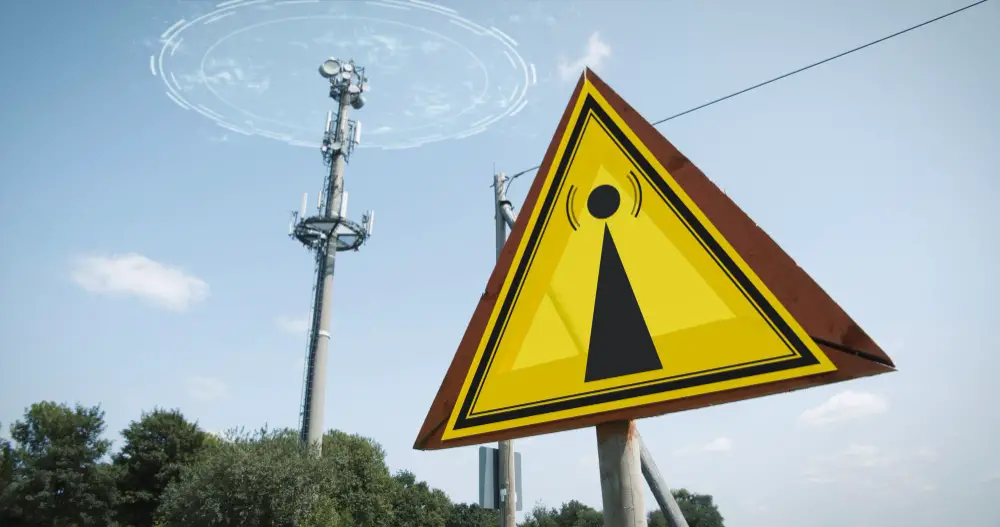The roof is arguably one of the most critical components of any structure, yet it often goes unnoticed until a problem arises. While roofs are designed to withstand the elements, they are not invincible and will eventually require replacement.
Knowing when it’s time for a roof replacement is crucial for maintaining the integrity and safety of your home or building. In this article, we’ll explore some common signs that indicate it’s time to consider replacing your roof.
Age of the Roof

One of the primary indicators that it may be time for a roof replacement is its age. Most roofs are designed to last between 20 to 25 years, depending on the materials used and environmental factors, professionals from topnotchmetalroof.com explain.
If your roof is approaching or has exceeded this lifespan, it’s wise to start considering replacement, even if it appears to be in good condition. As roofs age, they become more susceptible to damage and deterioration, making them less effective at protecting your home.
Curling or Buckling Shingles
Inspecting the condition of your shingles is essential in determining the health of your roof. Curling or buckling shingles are a clear sign that your roof is nearing the end of its lifespan. This can occur due to prolonged exposure to sunlight, moisture, and fluctuating temperatures. As shingles age, they lose their flexibility and ability to lay flat, making them less effective at keeping water out. If you notice curling or buckling shingles on your roof, it’s time to consider a replacement to prevent leaks and further damage.
Missing or Damaged Shingles

Another obvious sign that your roof may need replacing is the presence of missing or damaged shingles. High winds, hailstorms, and falling debris can cause shingles to become dislodged or cracked, compromising the integrity of your roof.
Missing shingles create vulnerable spots where water can seep through, leading to leaks and water damage inside your home. If you observe a significant number of missing or damaged shingles, it’s crucial to address the issue promptly to prevent further deterioration.
Leaks or Water Damage
Water leaks are perhaps the most concerning sign that your roof needs replacing. If you notice water stains on your ceiling, dampness in your attic, or visible signs of water damage, such as peeling paint or warped wood, it’s indicative of a compromised roof.
Leaks can occur for various reasons, including damaged shingles, deteriorated flashing, or degraded underlayment. Ignoring leaks can lead to extensive structural damage and mold growth, so it’s essential to address them promptly by replacing your roof.
Sagging Roof Deck
A sagging roof deck is a severe issue that requires immediate attention. It indicates significant structural damage or deterioration of the underlying support system, such as rafters or decking. This can be caused by prolonged exposure to moisture, the weight of accumulated snow or debris, or inadequate ventilation in the attic.
A sagging roof poses a significant safety risk and can lead to roof collapse if left untreated. If you notice any signs of sagging or bowing in your roof, it’s imperative to consult with a professional roofer to assess the extent of the damage and determine the appropriate course of action, which may involve replacing the entire roof.
Granules in the Gutters
Asphalt shingles are coated with granules that help protect them from the elements and prolong their lifespan. Over time, these granules can become dislodged and wash into the gutters during rainfall.
If you notice an excessive amount of granules in your gutters or downspouts, it’s a sign that your shingles are deteriorating and may need replacement. Loss of granules can accelerate the aging process of your roof and leave it vulnerable to damage from UV rays, moisture, and debris.
Mold or Moss Growth
The presence of mold or moss on your roof can indicate underlying moisture issues that need to be addressed promptly. Moss and algae thrive in damp, shady environments and can compromise the integrity of your roof by trapping moisture and causing shingles to deteriorate.
Additionally, mold growth on the interior surfaces of your home, such as walls and ceilings, can be a sign of water infiltration through the roof. If you notice any signs of mold or moss on your roof, it’s essential to take action to prevent further damage and protect your health.
Your roof plays a vital role in protecting your home from the elements, so it’s essential to recognize the signs that indicate it may be time for a replacement. Whether it’s aging shingles, leaks, or structural issues, addressing roof problems promptly can help prevent costly repairs and ensure the safety and integrity of your home.
If you observe any of the signs mentioned above, don’t hesitate to consult with a professional roofer to assess the condition of your roof and determine the best course of action. Investing in a new roof is not only a wise decision for your property’s longevity but also for your peace of mind.
Recap




